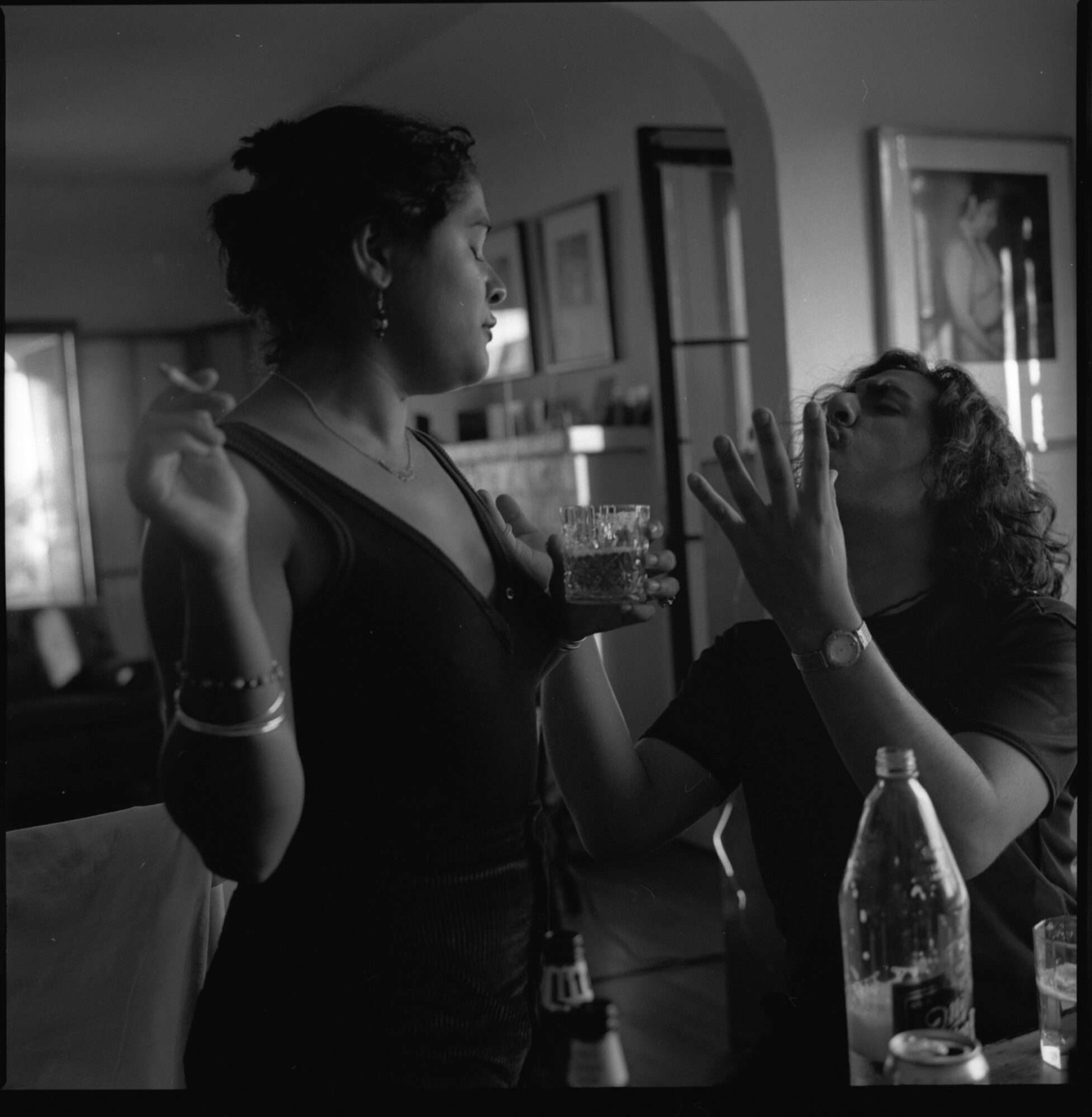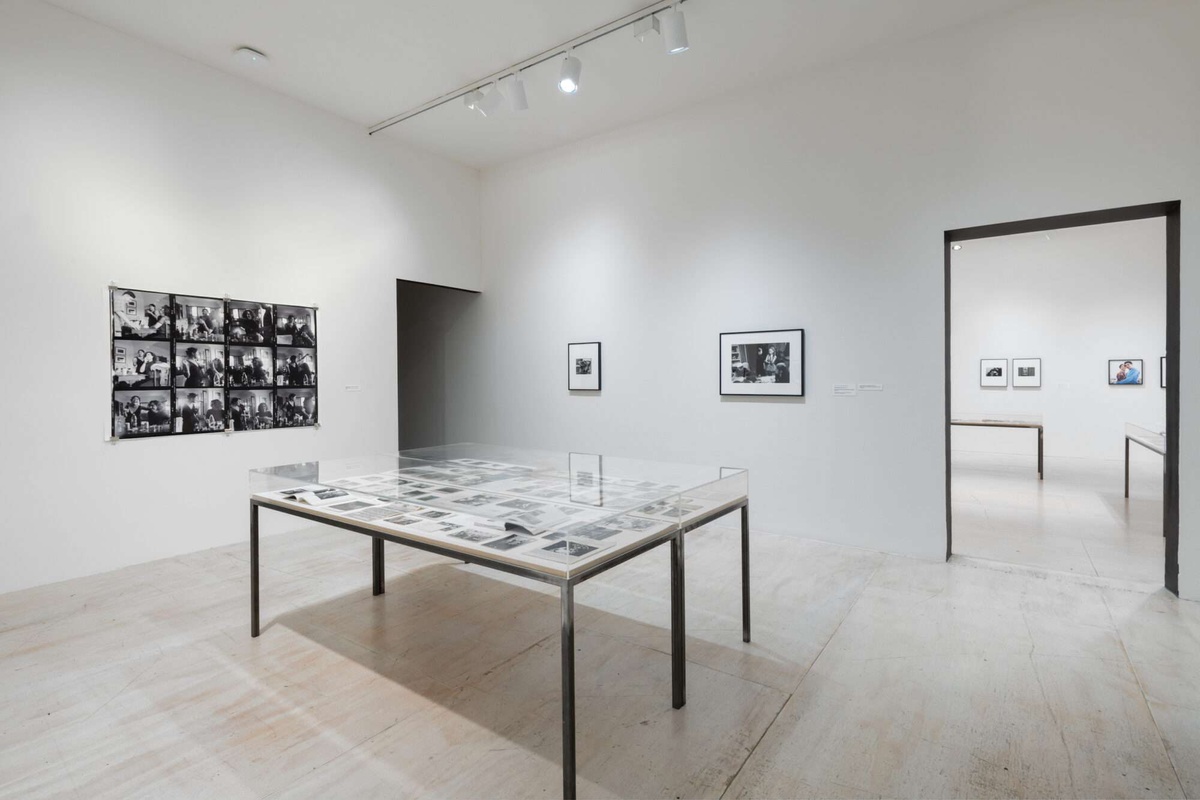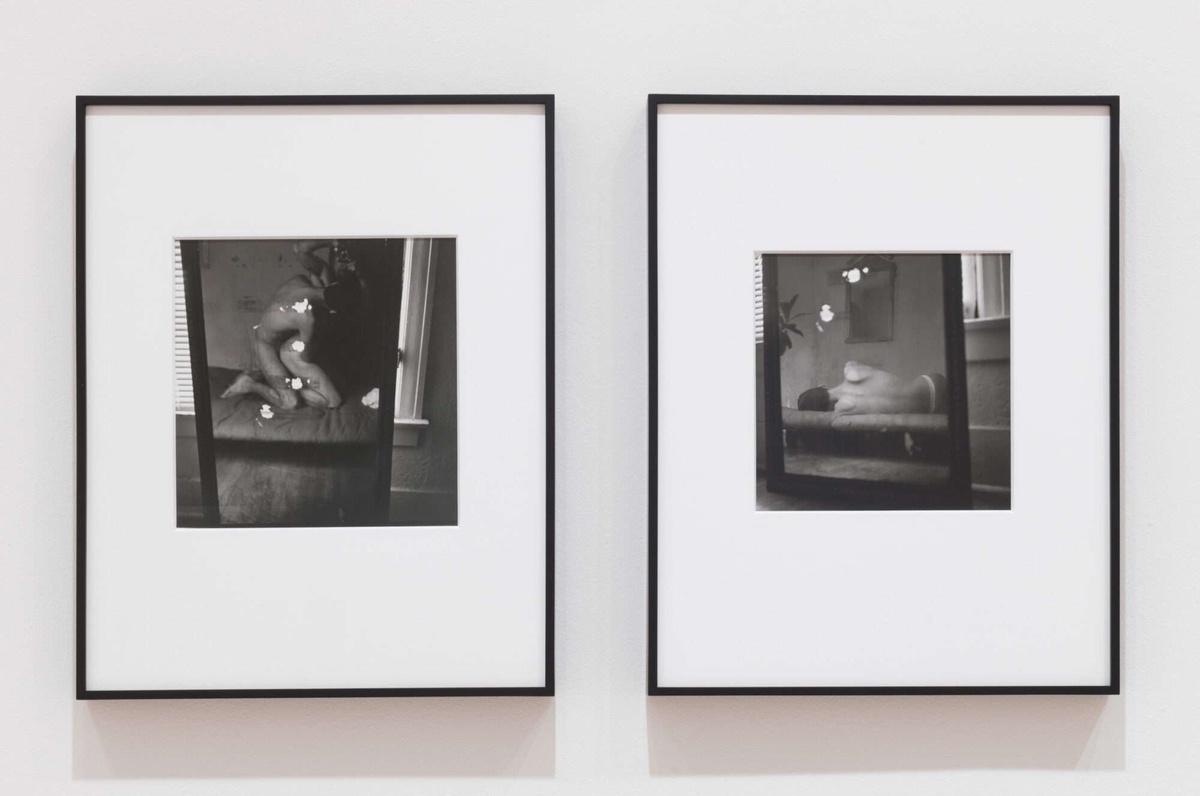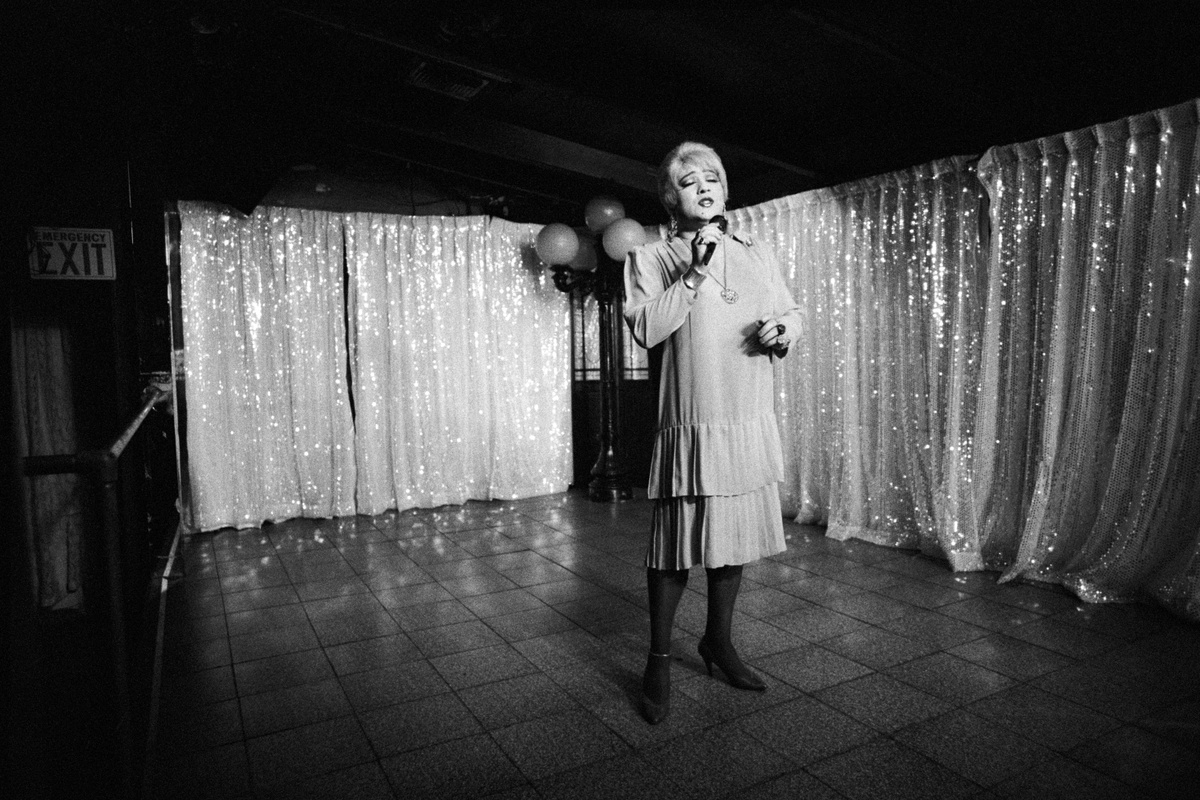Reynaldo Rivera
16 de may – 9 de sep, 2024
- Pasado
- Exposición
Image: Reynaldo Rivera. Carla, Echo Park. 1997. Courtesy the artist and Reena Spaulings Fine Art; Video: Filmed by Elle Rinaldi, Video Editing by Elle Rinaldi, Audio Recording by Nora Rodriguez, Graphic Design by Julia Schäfer
Esta primavera, el MoMA PS1 presenta la primera exposición individual en un museo del artista Reynaldo Rivera (Mexicali, México, 1964), que incluye obras emblemáticas y fotografías inéditas de su archivo. La presentación cuenta con más de cuarenta fotografías en blanco y negro y en color que van desde la década de los ochenta hasta la actualidad, junto con una película recién editada a partir de material Hi8. Criado entre Mexicali, Los Ángeles, Stockton, Pasadena y San Diego de la Unión, Rivera terminó estableciéndose en Echo Park y en el ambiente artístico y activista en torno al post-punk. Fotógrafo autodidacta, sus primeros retratos fueron de sus seres más cercanos, incluidas sus hermanas, quienes siguieron siendo sus musas durante décadas. Su obra se inspira en el drama y la profunda emocionalidad de los boleros y las rancheras, el glamour del silver screen de Hollywood y la Edad de Oro del cine mexicano, así como predecesores como Brassaï y Cartier-Bresson.
Sus imágenes de una bohemia intercultural cotidiana —ya sean escenificadas o capturadas detrás de escena— revelan a sus protagonistas tal como desean ser vistos: como estrellas de una película de su propia creación. Rivera canoniza amantes, hermanas e ídolos, tanto famosos (Annie Lennox, Daniel Martínez) como menos conocidos (Cindy Gómez, Ceri Zamora), aprovechando la luz disponible para exponer los pasillos más oscuros.
Reynaldo Rivera vive y trabaja en Los Ángeles. Reena Spaulings Fine Art ha organizado exposiciones individuales recientes de sus obras en sus galerías de Los Ángeles y Nueva York (2023, 2021). El artista ha participado en exposiciones colectivas en The Museum of Contemporary Art, Los Angeles (2023), el Michael C. Carlos Museum de la Emory University de Atlanta (2023) y el Princeton University Art Museum (2022). Su obra fue incluida en la exposición Made in L.A. 2020: a version del Hammer Museum y la Huntington Library en Los Ángeles. Su primera monografía, Provisional Notes for a Disappeared City, fue publicada por Semiotext(e) en 2020. Las fotografías de Rivera forman parte de las colecciones permanentes del MOCA de Los Ángeles; el J. Paul Getty Museum de Los Ángeles, el Hammer Museum de Los Ángeles, y el Museum of Modern Art de Nueva York.










